Parque de los Buques de Guerra de Seúl (서울함공원)
17.9Km 2023-01-27
Maponaru-gil 407, Mapo-gu, Seúl
International Ki Sports Festival Gyeonggi (인터내셔널 키스포츠페스티벌 경기)
18.0Km 2024-10-08
Sehwa-ro 134-beongil 37, Gwonseon-gu, Suwon-si, Gyeonggi-do
1811-6420
Museo de Historia Natural de Seodaemun (서대문자연사박물관)
18.0Km 2020-08-05
Yeonhui-ro 32-gil 51, Seodaemun-gu, Seúl.
+82-2-330-8899
Es el primer Museo de Historia Natural construido por el gobierno coreano. Es educativo y enseña cómo convivir armoniosamente con la naturaleza. Todo el año organiza programas para niños y jóvenes sobre el tema de la naturaleza, siendo también un lugar de descanso para todos los ciudadanos. Muchas entidades gubernamentales de Asia visitan este lugar para hacer benchmarking. La sala 1 abarca el tema de "La naturaleza y el hombre"; la sala 2, "La evolución de la naturaleza"; y la sala 3 trata sobre la Tierra y el medio ambiente.
Darakjeong (다락정)
18.0Km 2021-03-26
131-1, Samcheong-ro, Jongno-gu, Seoul
+82-2-725-1697
Darakjeong has been popular for a long time because of the simple taste of its traditional Mandu (Korean stuffed dumpling). Since its opening in 1991, tasty soup and scrumptious Mandu have been served. A fist-sized Mandu is fully packed with seasoned meat, bean-curd, and various vegetables. Its thick dough makes it chewy and delightful. For one person, “Manduguk”(boiled dumpling soup) is a good choice. The delicious and nourishing taste of Mandu goes well with the sweet, spicy, and fresh taste of the soup. Manduguk is served in a brass bowl which keeps the food warm while eating. For a large-size group, “Mandujeongol” cooked with various vegetables in a casserole is recommended. There are two types of Mandujeongol that have different tastes. The main characteristic of “Kimchi Mandujeongol” is its spicy flavor, which reminds people of the refreshing taste of Kimchi soup, and “Tojang Mandujeongol” expounds on the savory taste of bean-paste soup. Tojang means folk soybean-paste. “Nokdujeon”(a Korean pan-fried dish with green mung bean) is another famous dish at Darakjeong, which is pan-fried with a very light seasoning to emphasize the original taste of Nokdu (green mung bean). Salted oysters with hot pepper are served with Nokdujeon instead of soy sauce, which is a perfect match.
Nunnamujip (눈나무집)
18.0Km 2020-06-16
136-1, Samcheong-ro, Jongno-gu, Seoul
+82-2-739-6742
Nunnamujip is famous for a North Korean dish called, “Kimchi mari guksu”, which is a noodle dish in cold kimchi soup containing toasted laver, a boiled egg, and sesame. The soup is refreshingly cold and a little spicy. For “Kimchi mari bap”, a bowl of rice is put into cold kimchi soup instead of noodles. The taste is very unique. In addition to Kimchimari, “Tteokgalbi” is a popular dish on the menu as well.
The main restaurant is located in the basement, which has only limited seating capacity with a few tables. As a result, many people usually wait in line for lunch or dinner. A second franchise has opened in a three-story building across the street. To enjoy a quaint atmosphere, the first establishment is better, but the new one’s interior design is much more modern and fancier, giving it a fresh altering look.
Hangeureut (한그릇)
18.0Km 2021-03-18
136, Samcheong-ro, Jongno-gu, Seoul
+82-2-720-5613
A store that also serves delicious meat noodles. The best menu at this restaurant is rice soup. This is a Korean cuisine located in Jongno, Seoul.
Parque Samcheong (삼청공원)
18.0Km 2022-04-07
Bukchon-ro 134-3, Jongno-gu, Seúl.
Es un parque localizado al pie del monte Bugaksan y fue el Parque N° 1 de Corea. En el entorno se encuentra gran cantidad de flores de cerezo, por lo que en abril de cada año es visitado por gran cantidad de ciudadanos por su hermoso paisaje de floración. Además, en el interior podrá encontrar un campo de bádminton, una cancha de tenis, una plaza infantil, espacios de descanso, una tienda comercial, etc., por lo que ofrece comodidad a los visitantes.
Entre las rutas principales de senderismo se destacan: el camino forestal de Bugaksan hacia la Muralla de Seúl, el camino hacia el manantial de Seongbuk-dong, el camino hacia el Parque Waryong, etc. En particular, se encuentra dentro de este parque la roca Malbawi, que fue designada como el mejor lugar para observar el panorama de la ciudad, por el Ayuntamiento de Seúl.
Hyehwa1938 [Korea Quality] / 혜화1938 [한국관광 품질인증]
18.0Km 2023-04-13
7, Sungkyunkwan-ro 16-gil, Jongno-gu, Seoul
+82-10-7107-1752
Located in (no suggestions)-dong of Seoul, Hyehwa 1938 is a lodging facility which is based on the remodeling of an 80-year- old traditional Korean house. A traditional Korean house expert initially wanted to use it as an office but later decided to turn it into a guest house due to its large size. As a result, the unique beauty of traditional Korean house was revived while improving practicality. The Woojeong room and Sarang room are now resized to accommodate max 8 persons which used to be only max 4 in the past. Despite the remodeling, the aura and atmosphere of the traditional Korean house is well preserved. Inside the room, you can see that the chandelier of the rich house in the '30s are accompanied by modern furniture and electronics which maintain unique harmony. Open the windows to see sansuyu and maehwa along with other various seasonal trees with beautiful colors and also the space such as edges and sewers are well arranged to avoid any discomforts with your eyesight. The heart of architecture offers only two rooms for guests, and you are all welcome to enjoy the true beauty of Korea.
Pista de Patinaje sobre Hielo de la Universidad de Corea (고려대학교 아이스링크)
18.0Km 2021-07-16
Anam-ro 145, Seongbuk-gu, Seúl
+82-2-3290-4243
La pista cubierta de patinaje sobre hielo está situada en el primer piso subterráneo de la Universidad de Corea en Anam-dong, en el distrito de Seongbuk-gu de Seúl. Esta pista, de tamaño olímpico, acoge a clientes durante todo el año. Para llegar, tome la línea 6 del metro hasta la Estación de la Universidad de Corea, salida 3, luego tome el autobús 20 y baje en la parada de autobuses de la Universidad de Corea.
Monte Yongmasan (용마산)
18.1Km 2020-09-07
Yongmasan-ro 62-gil 53, Jungnang-gu, Seúl.
+82-2-2094-2344
Este monte se eleva 348 metros sobre el nivel del mar. Está conectado a través de diversos senderos de excursión con la Fortaleza Achasanseong de Mangu-ri y el Gran Parque Infantil. Posee una cascada artificial que es un interesante atractivo turístico.

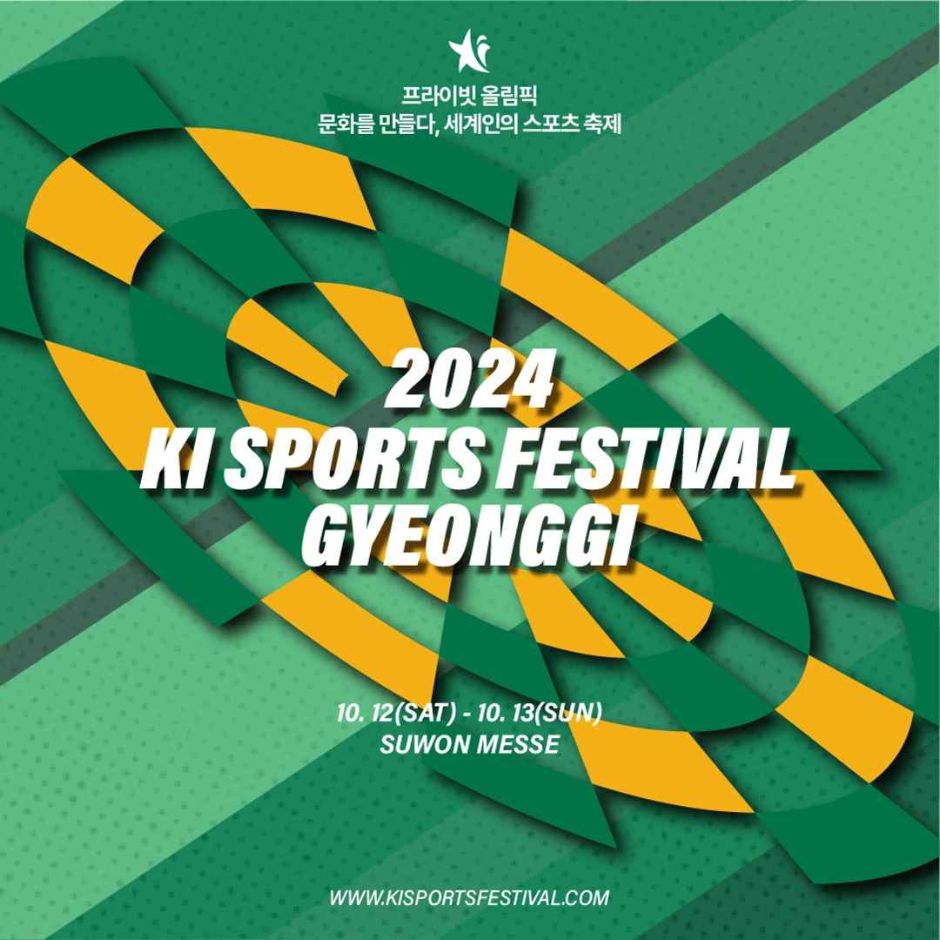
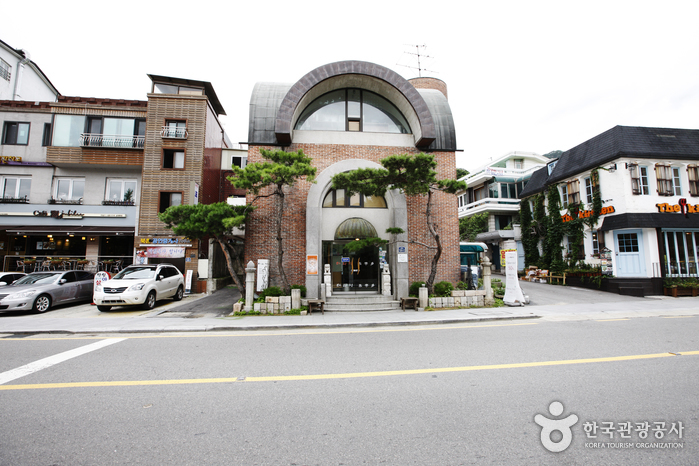
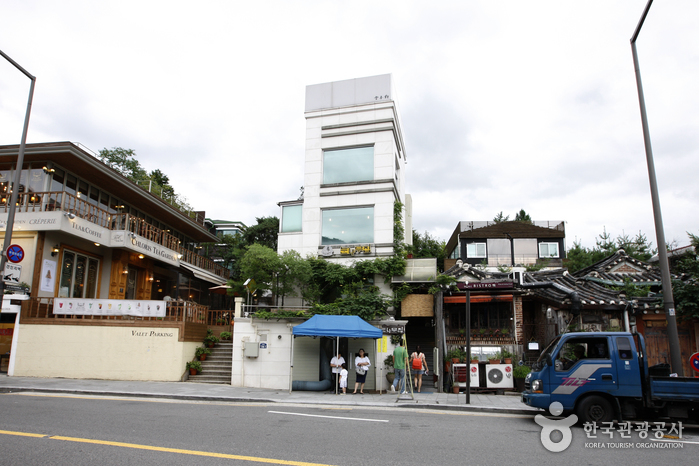
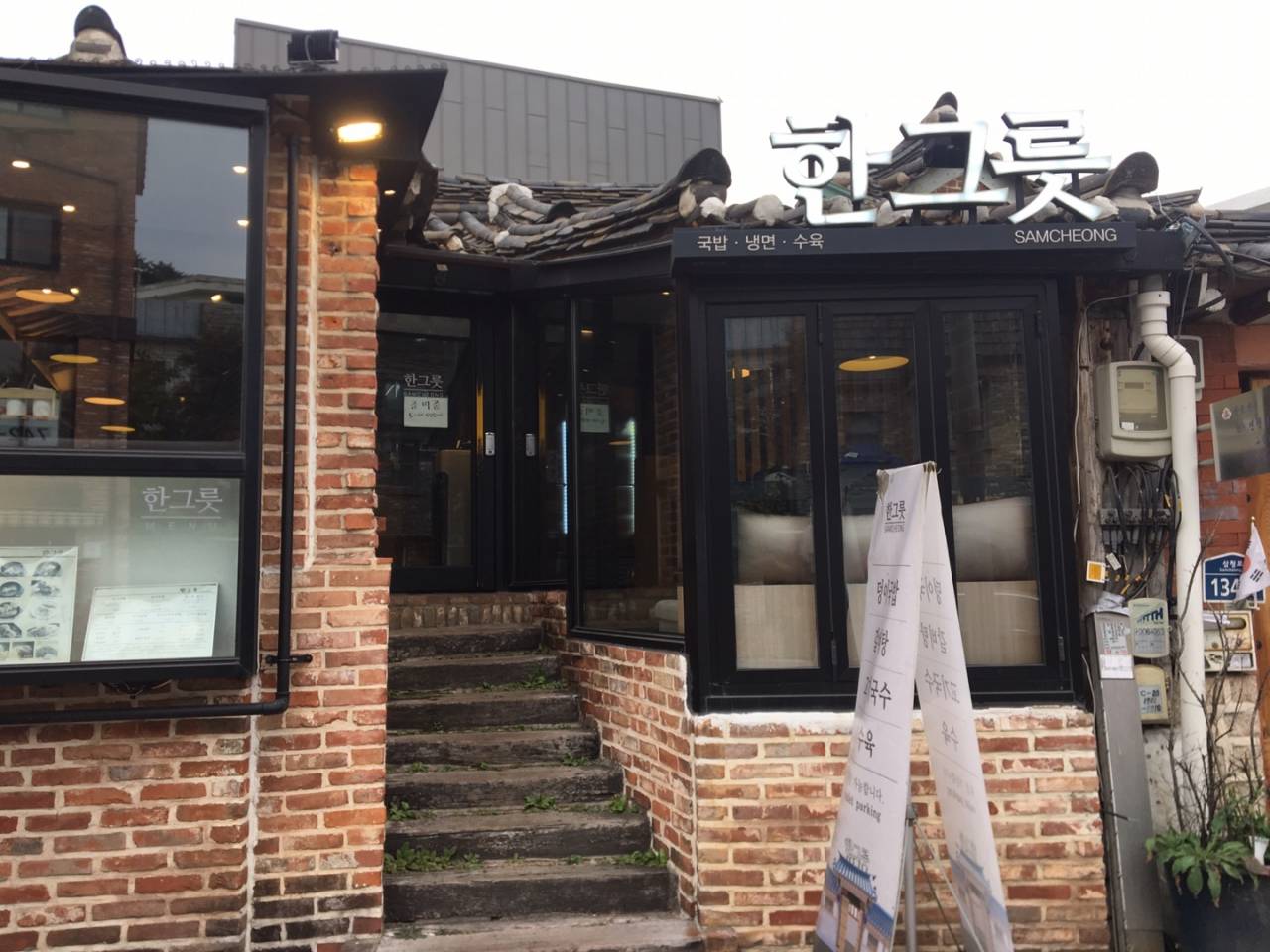
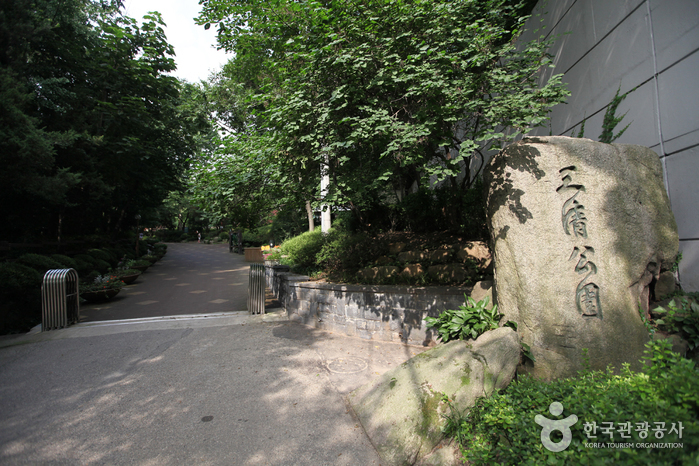
![Hyehwa1938 [Korea Quality] / 혜화1938 [한국관광 품질인증]](http://tong.visitkorea.or.kr/cms/resource/52/2529152_image2_1.jpg)
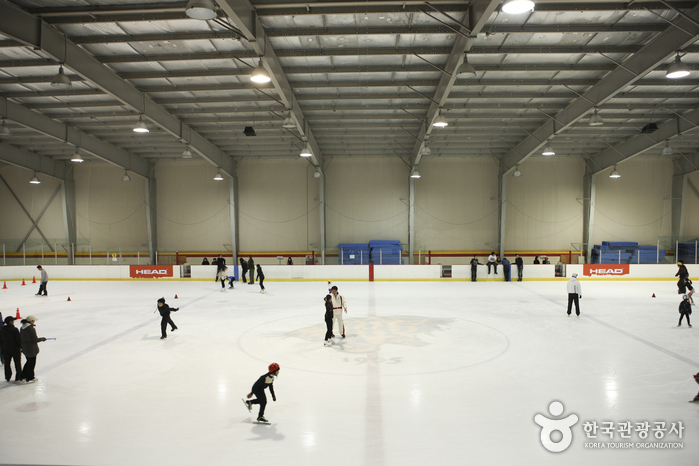
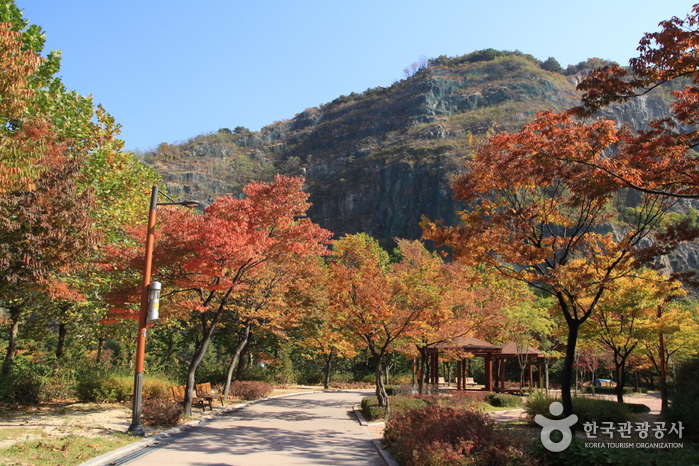
 Español
Español
 한국어
한국어 English
English 日本語
日本語 中文(简体)
中文(简体) Deutsch
Deutsch Français
Français Русский
Русский